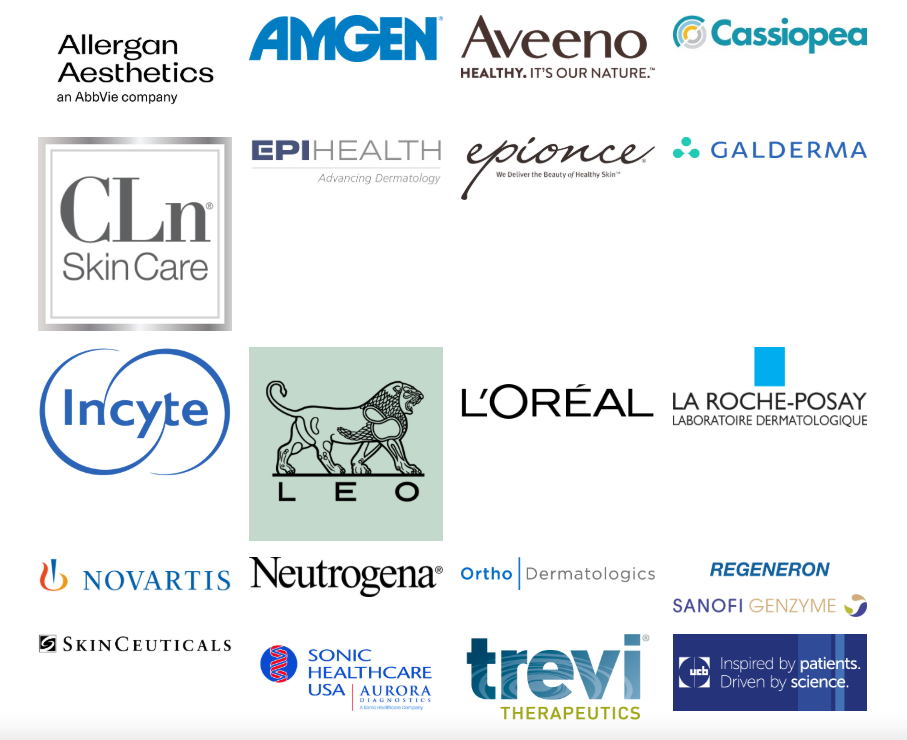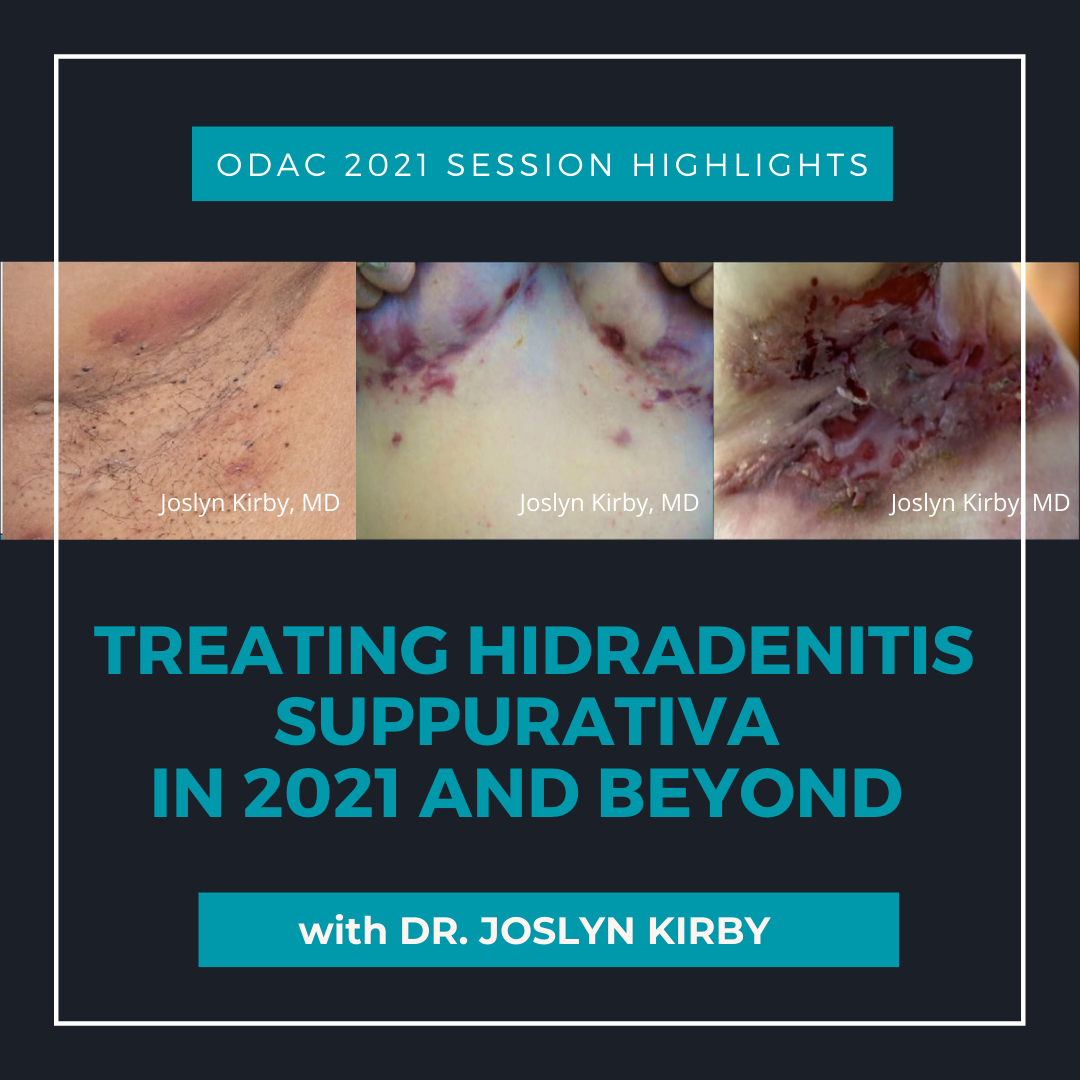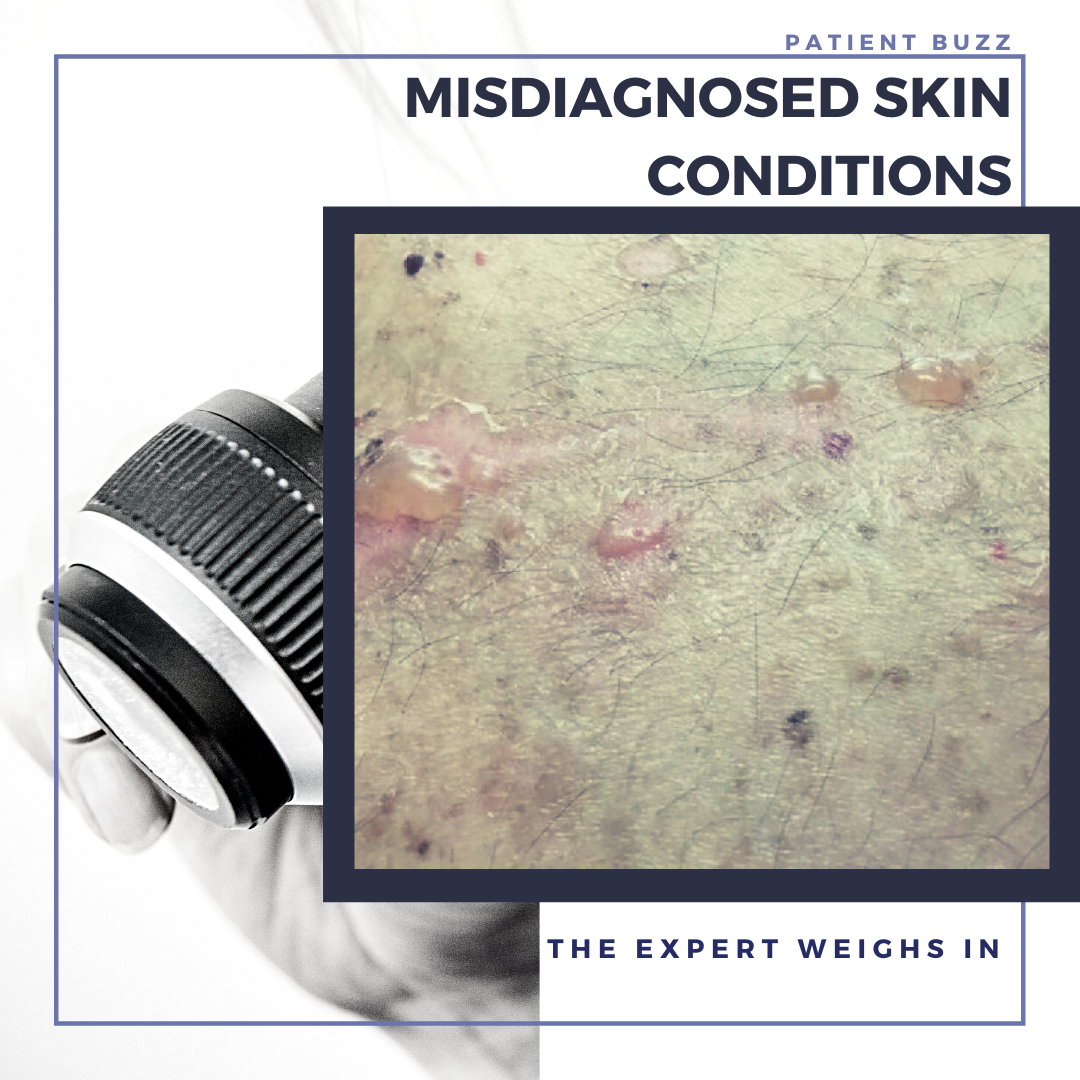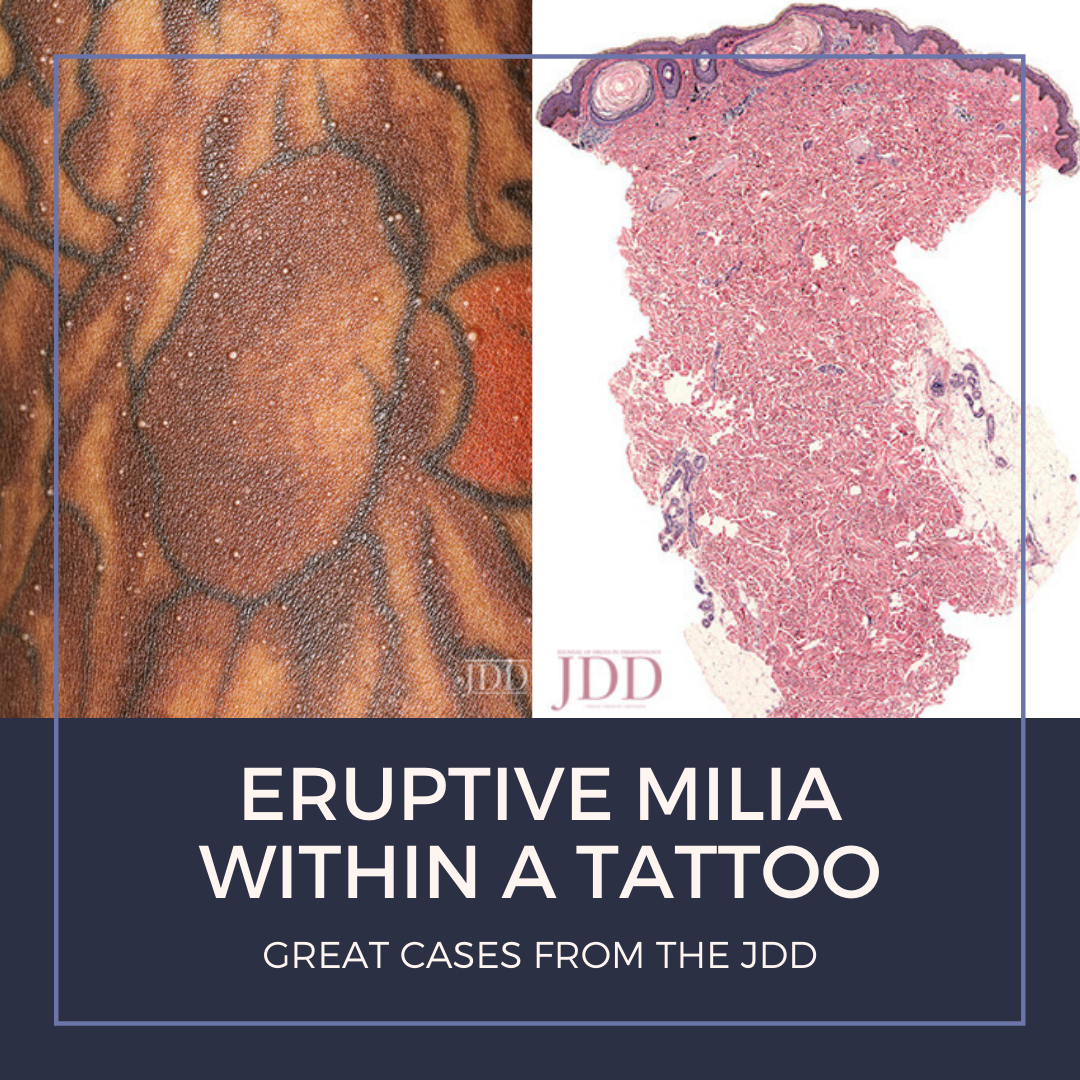Pop Quiz #103
The correct answer is A. Psoriasis
Although the exact mechanism is not understood, there is a well-known correlation between a history of upper respiratory infection secondary to group A beta-hemolytic streptococci and the subsequent development of guttate psoriasis. The eruption may resolve spontaneously or with treatment (topical steroids or ultraviolet therapy). A portion of …

 As an official media partner of ODAC Dermatology, Aesthetic and Surgical conference, Next Steps in Derm would like to acknowledge and thank the ODAC 2021 virtual supporters.
This year, due to the global pandemic, ODAC will be hosted virtually. ODAC is committed to providing high-quality education in an engaging virtual format with top speakers and important topics.
With nearly 1,000 US atten …
As an official media partner of ODAC Dermatology, Aesthetic and Surgical conference, Next Steps in Derm would like to acknowledge and thank the ODAC 2021 virtual supporters.
This year, due to the global pandemic, ODAC will be hosted virtually. ODAC is committed to providing high-quality education in an engaging virtual format with top speakers and important topics.
With nearly 1,000 US atten …  At the ODAC 2021 Sneak Peek Symposium on Inflammatory Skin Diseases, expert faculty presented on the topics of acne, rosacea, atopic dermatitis, hidradenitis suppurativa, and psoriasis. If you missed the live symposium, Next Steps will be sharing highlights and a summary of each lecture over the course of the next few weeks. Today, Dr. Blari Allais shares an excellent recap of Dr. Joslyn Kirby's s …
At the ODAC 2021 Sneak Peek Symposium on Inflammatory Skin Diseases, expert faculty presented on the topics of acne, rosacea, atopic dermatitis, hidradenitis suppurativa, and psoriasis. If you missed the live symposium, Next Steps will be sharing highlights and a summary of each lecture over the course of the next few weeks. Today, Dr. Blari Allais shares an excellent recap of Dr. Joslyn Kirby's s …  Women’s Health recently wrote an article about four skin conditions that are commonly misdiagnosed. Why do primary care providers sometimes misdiagnose common skin conditions? What conditions are challenging for dermatologists to diagnose? What steps can a dermatologist take to make a differential diagnosis?
For expert advice, I contacted Steve Daveluy, MD, FAAD, associate professor and pr …
Women’s Health recently wrote an article about four skin conditions that are commonly misdiagnosed. Why do primary care providers sometimes misdiagnose common skin conditions? What conditions are challenging for dermatologists to diagnose? What steps can a dermatologist take to make a differential diagnosis?
For expert advice, I contacted Steve Daveluy, MD, FAAD, associate professor and pr …  Introduction
The most frequently reported tattoo-related dermatoses, according to a study of 234 tattooed patients, are allergic,1infectious,2,3 and granulomatous4,5 reactions occurring in 2.1% of this population.6 Less common reactions are lichenoid,7photoallergic,8 pseudolymphomatous,9 discoid lupus erythematosus,10 incidental skin neoplasm,11 and koebnerization of psoriasis.12,13Milia within t …
Introduction
The most frequently reported tattoo-related dermatoses, according to a study of 234 tattooed patients, are allergic,1infectious,2,3 and granulomatous4,5 reactions occurring in 2.1% of this population.6 Less common reactions are lichenoid,7photoallergic,8 pseudolymphomatous,9 discoid lupus erythematosus,10 incidental skin neoplasm,11 and koebnerization of psoriasis.12,13Milia within t …